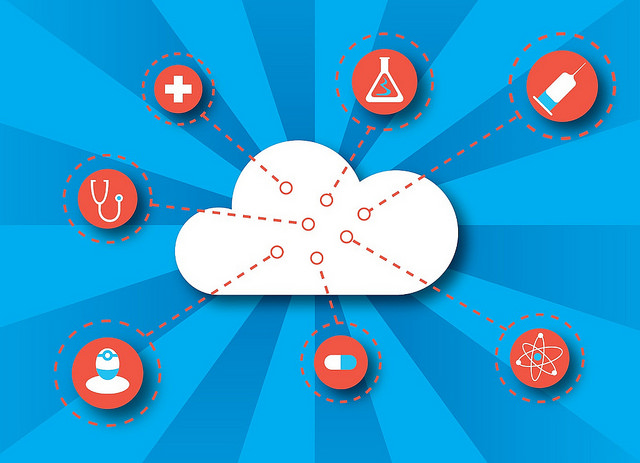In the fourth article of a multipart series on health literacy and innovation in health care, developed through the online master of public health at the George Washington University, I explain Big Data and its potential to help improve the patient experience for older adults. You can find the first article, a primer on health technology, here, the second on mHealth (mobile health), here, and the third on Electronic Medical Records (EMRs) here.
Although “big data” has become a modern buzz phrase, a formal definition of the term is difficult to come by. Microsoft describes big data as “the process of applying serious computing power — the latest in machine learning and artificial intelligence — to seriously massive and often highly complex sets of information.”
No matter the exact definition, one thing is clear: Big data enables unprecedented insight, improved decision-making, and greater efficiency and productivity. Here are just some of the ways it’s being used in health care:
Evidence-based medicine: We rely on doctors to use evidence-based medicine–scientific methods that have been proven to work–when treating us. Put differently, doctors are supposed to know, based on research, which treatments work best for particular conditions. But, trials can be small, research results can differ and often doctors don’t have a clear answer as to what is the best treatment. Big data permits analysis of thousands of patient records to determine which treatments work best for which conditions in particular subpopulations of patients, improving physician knowledge about which treatments to use for particular patients.
Clinical trials: Applicant data enables researchers to select the most ideal subjects for a trial. Additionally, data sharing can allow independent researchers to review data used in clinical trials to ensure the accuracy of findings or to help answer questions not posed in the original research.
Public health: Data from wearable fitness trackers and remote monitoring devices can provide key information on population health. For example, health technology company Asthmapolis developed a GPS-enabled tracker that records asthmatics’ inhaler use. This data is uploaded to a database and used to pinpoint individual, group, and population-based trends, which help physicians identify prevention opportunities and develop personalized treatment plans.
Big data is revolutionizing business in the 21st century — and health care is no exception. When it comes to its potential, we’ve only just scratched the surface.
The enormous challenge remains security. The risk of people hacking into patients’ Electronic Medical Record (EMR) data is not insignificant. 100 million health records were stolen in 2015 and more than 113 million records in 2014.
The consequences of a security breach can be serious, especially since EMRs generally include patients’ social security numbers and medical diagnoses. Patients’ identity can be stolen and they can suffer financial loss. Their safety could also be compromised. For example, people with malicious intent could keep a heart pacemaker or drug infusion pump from working properly.
Here’s more from Just Care










